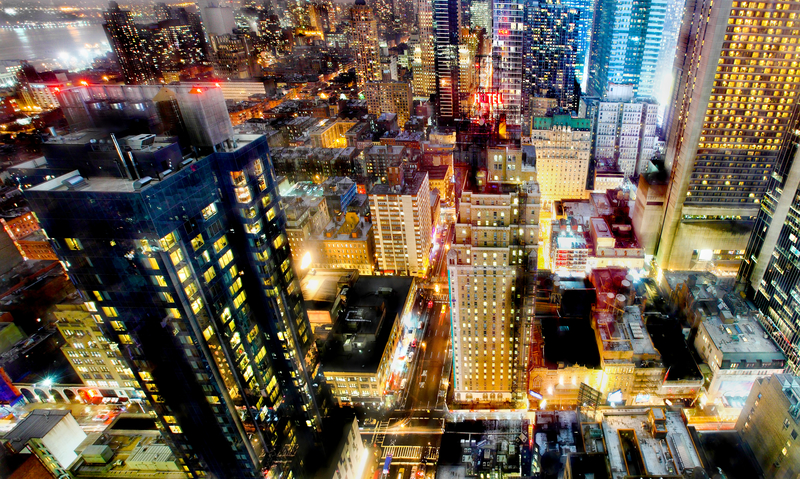We can easily become enamored by the hustle and bustle of city life so we must remind ourselves that the same things we love about the city can be the same things that hurt our chances of survival. On the other hand, it may be more beneficial to live in a city than in a rural environment in the aftermath of an unexpected crisis. There are pros and cons to a crisis that hits close to home.
City Size and Density
The best cities for preppers are on the smaller size, with a slightly lower population density. There are plenty of cities that range in size from 50,000 to 250,000 people and aren’t subsumed by a wider urban sprawl. If you lived in one of these places, you’d have the benefit of job security while still being just a stone’s throw away from rural areas that you could flee to.
Conservative Values
Though I don’t consider myself liberal or conservative, I have to confess that cities with populations that lean a bit more to the right are much better places for preppers. The cost of living tends to be less in conservative cities, and there usually isn’t as much wealth inequality as there is in liberal cities.
That means there won’t be as many people dependent on the government and not as many people living on the streets. So in short, living in a conservative city means that when the SHTF, there won’t be as much looting and rioting, and law and order won’t erode as quickly.
Logistics
I’d wager that the more connected that city is with the rest of the country, the faster it will recover. If you’re stuck in a city during a disaster, you want people to leave, and you want it to be easier for you to leave if need be. If society collapses, a city can only support a very small population, so the fewer people there are the better your odds of surviving are.
Better yet, pick a city that is at least near a railroad that carries freight.
Are You Downwind?
If the grid goes down for a long period of time, there is a serious risk that many of America’s nuclear power plants could meltdown, so it would be wise to live in a city that isn’t downwind from these facilities. You should also be wary of any major military bases or nuclear silos.
Water
You should also seriously consider what kinds of water resources are in or near your city. Throughout the 20th century, sprawling cities like Las Vegas, Phoenix, and Los Angeles, have grown in areas where there is very little water.
Energy
And finally, consider how your city is powered. If the city you choose is near a flowing source of water, check to see if it’s near a hydroelectric dam too. In an urban area that is receiving at least some of its energy from a dam, it’s probably not going to take long to get the lights back on. Cities that are powered by natural gas aren’t such a bad choice either since gas pipelines are relatively stable.
Cities that are powered by coal would probably be the worst choice because coal needs to be delivered by truck and train.
Do you have any other tips for surviving an unexpected crisis in a city?
Article Source: SHTF Plan

Good looking for this good post.